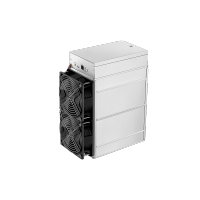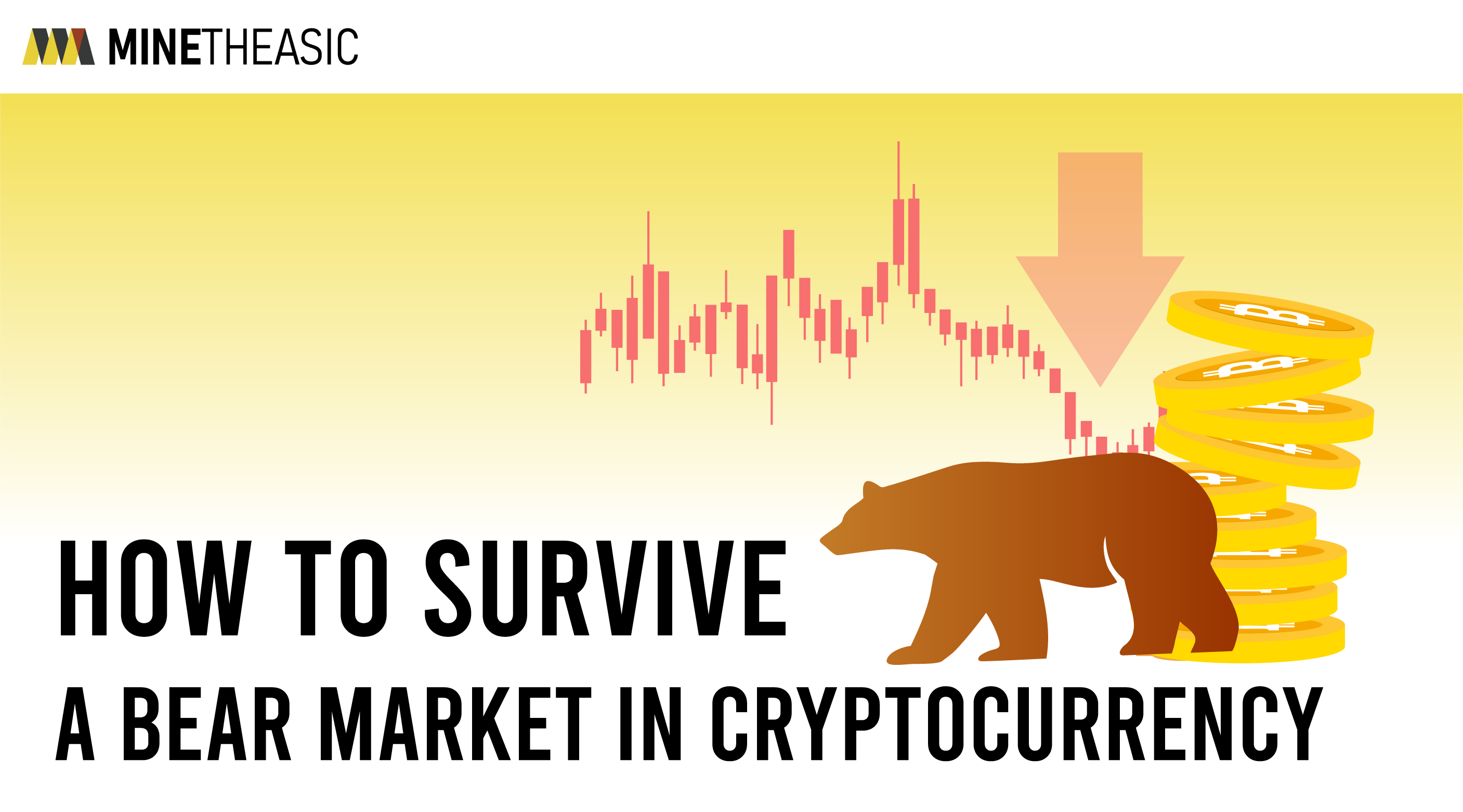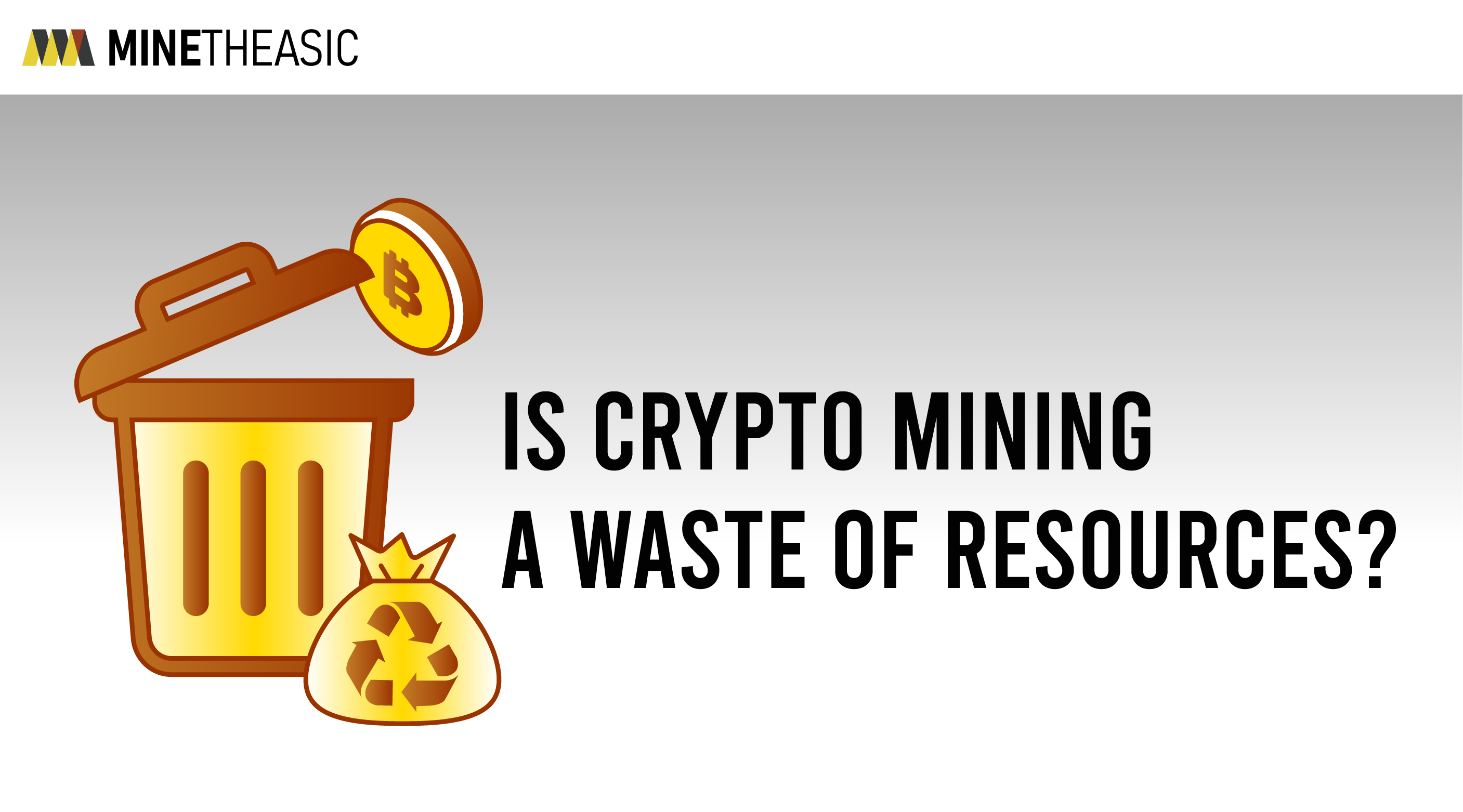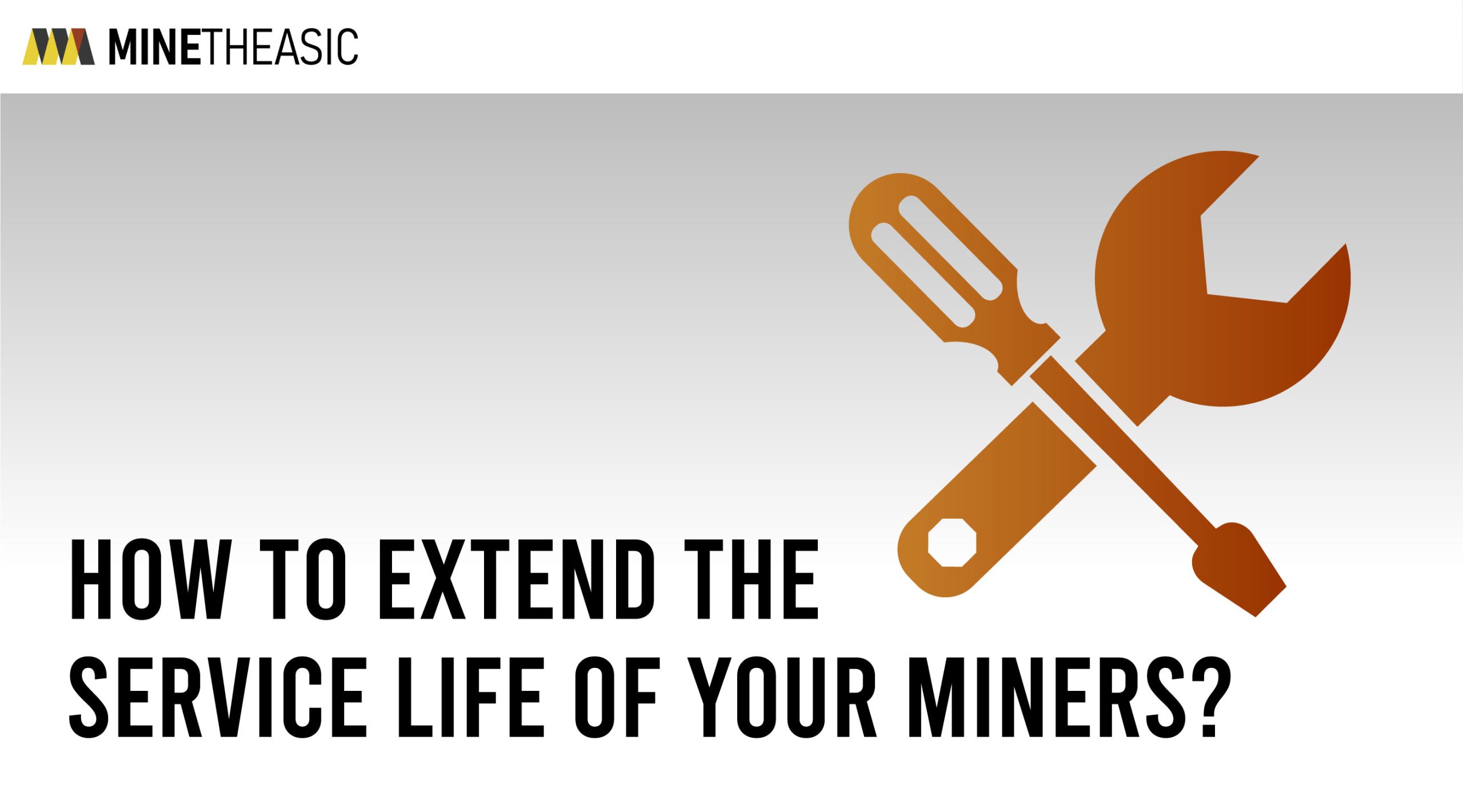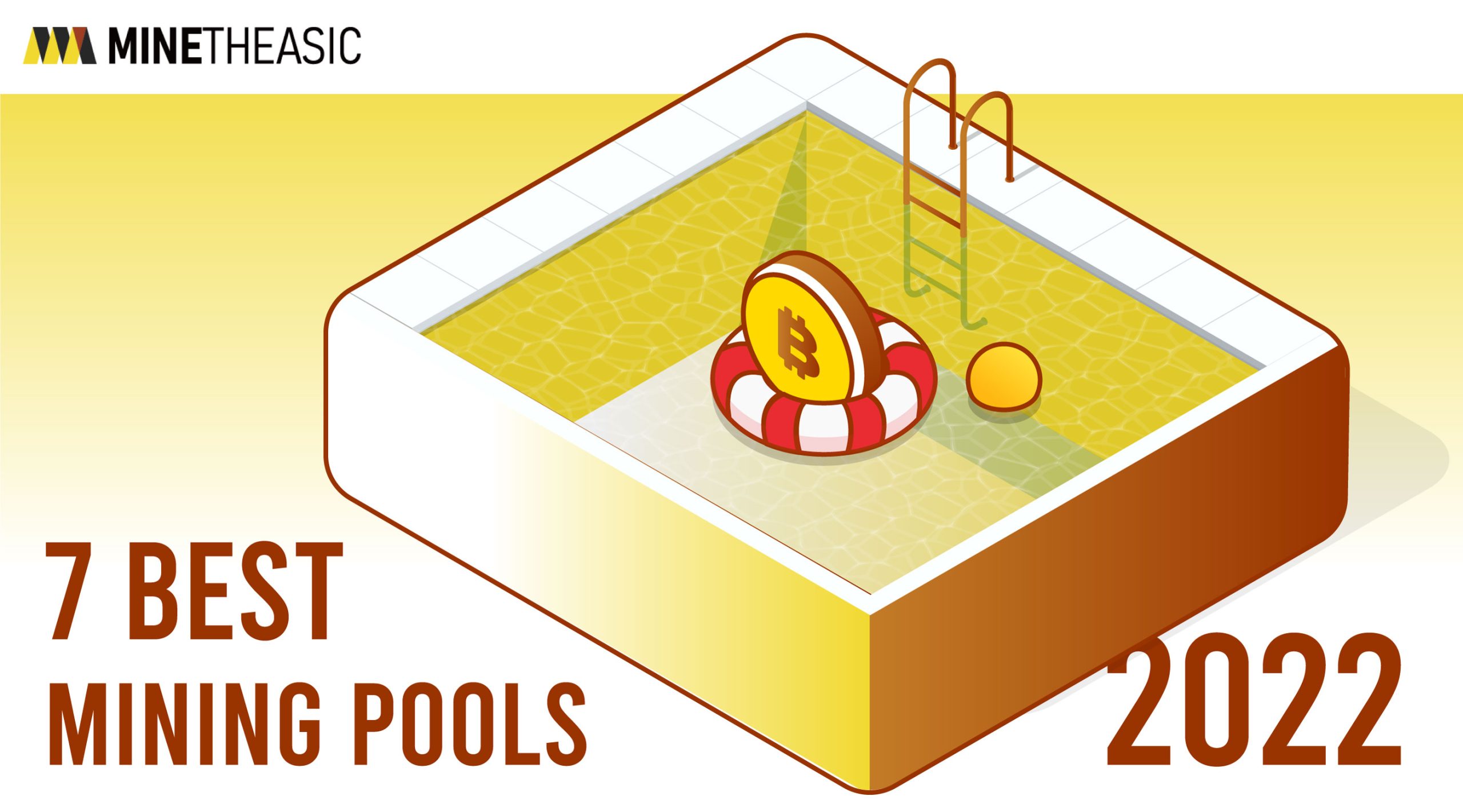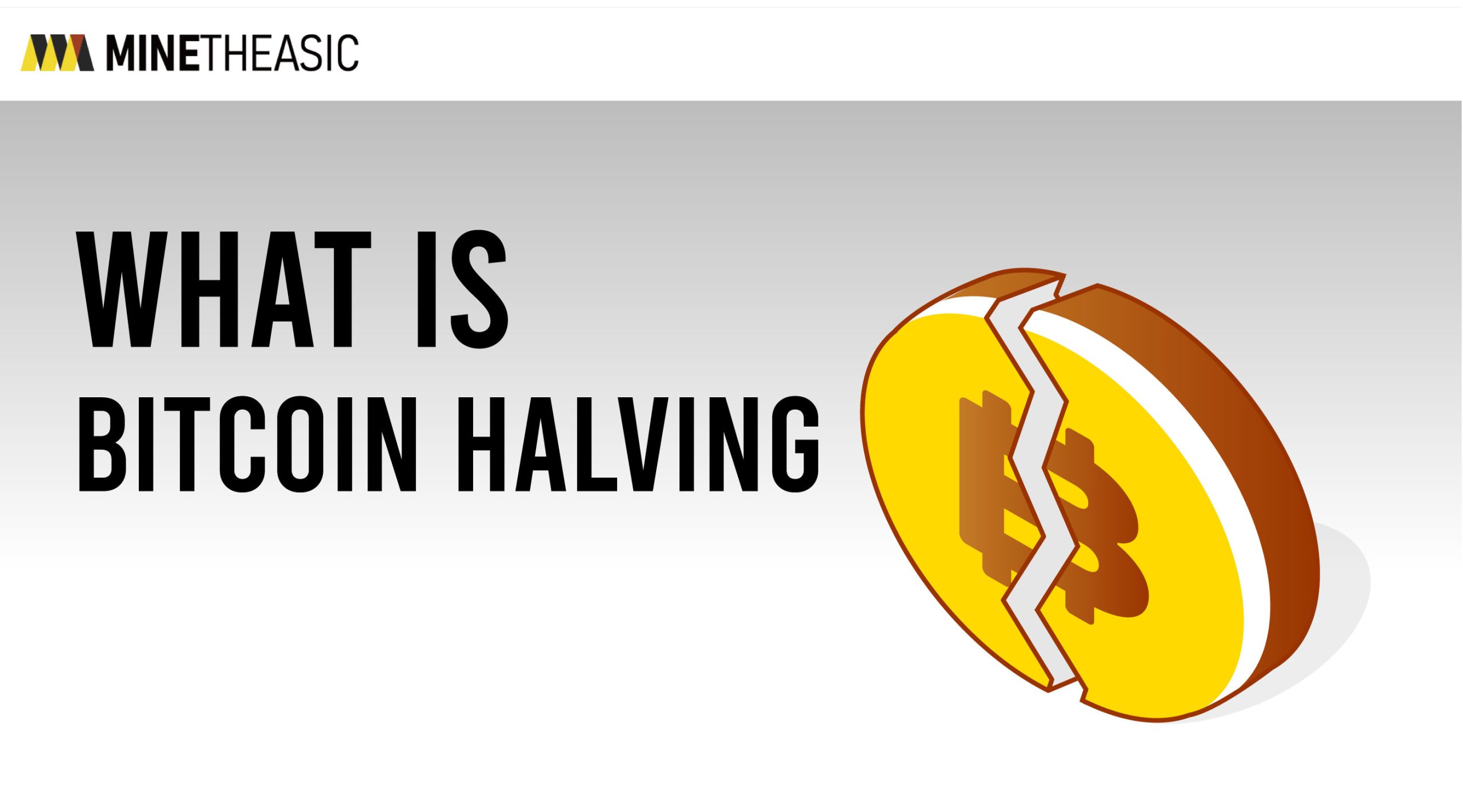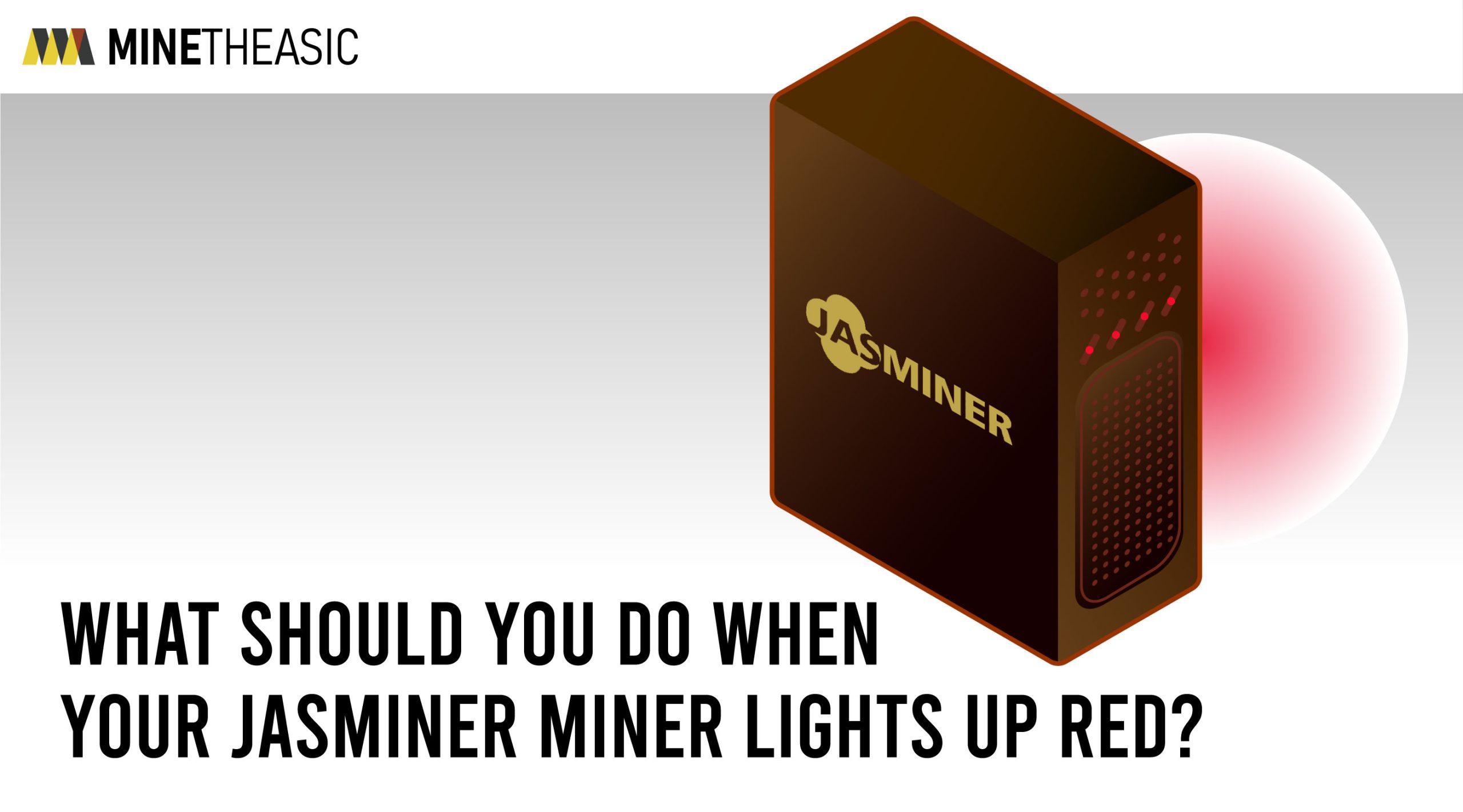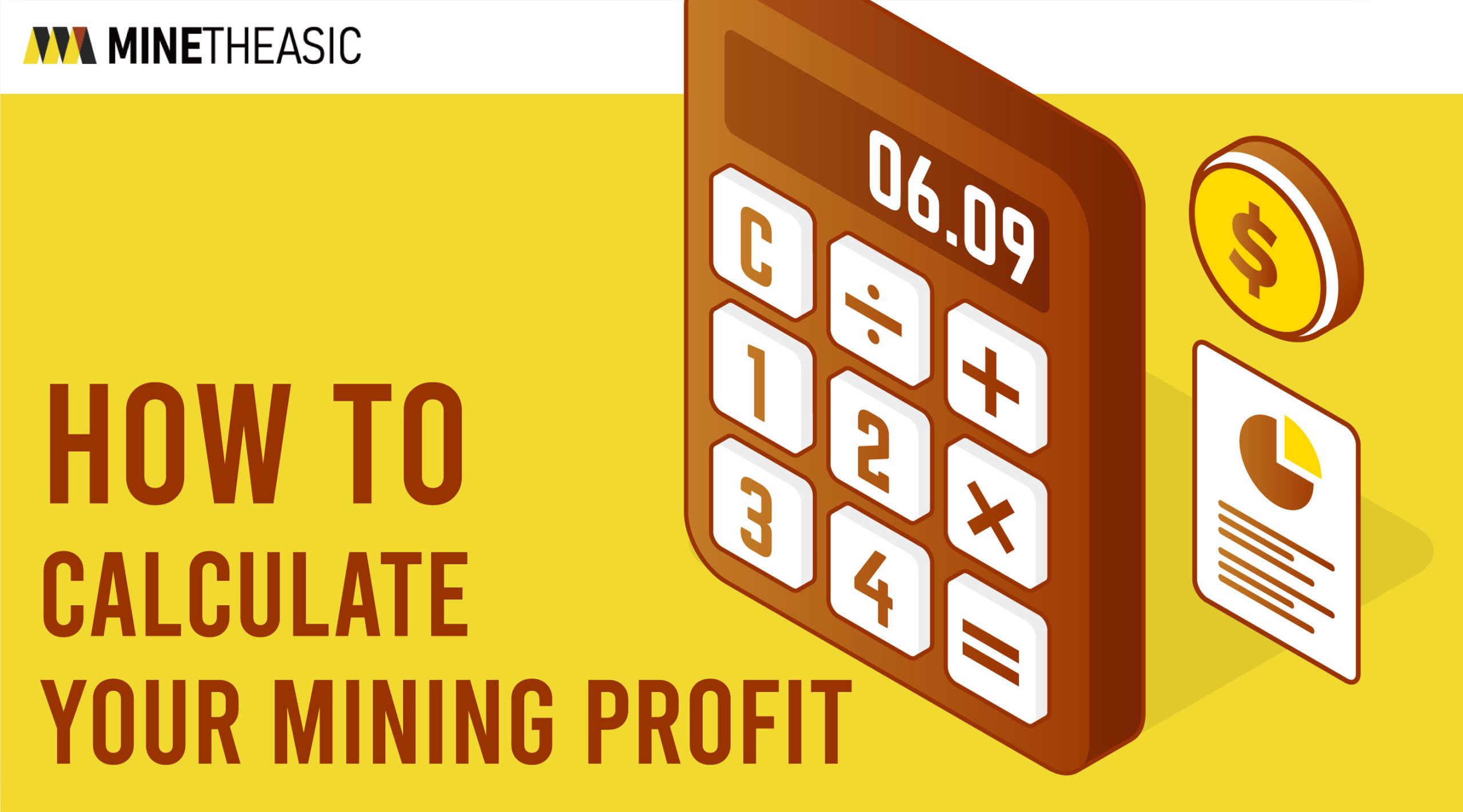Ethereum was founded in 2014 by Vitalik Buterin, a young Russian-Canadian programmer, along with several other co-founders, including Gavin Wood, Anthony Di Iorio, and Joseph Lubin.
Buterin had previously been involved in the development of Bitcoin, but he believed that Bitcoin’s scripting language was limited in its capabilities for creating decentralized applications (DApps). He envisioned a blockchain platform that could support the creation of more complex and programmable smart contracts, which could automate various types of transactions and eliminate the need for intermediaries.
To achieve this vision, Buterin proposed the creation of a new blockchain platform that would allow for the development and execution of smart contracts in a decentralized and trustless manner. This platform would be called Ethereum, and it would use a new programming language called Solidity, which was designed specifically for smart contract development.
Ethereum’s development was funded through an initial coin offering (ICO) in 2014, which raised around $18 million worth of Bitcoin. This allowed the development team to continue working on the project and eventually launch the Ethereum network in 2015.
Since its launch, Ethereum has experienced significant growth and adoption. Its blockchain has become one of the most popular and widely used platforms for the development and deployment of DApps, as well as for the creation of new cryptocurrencies and tokens. Ethereum’s native cryptocurrency, Ether (ETH), has also become one of the largest and most valuable cryptocurrencies by market capitalization.
Over time, Ethereum has undergone several upgrades and improvements, including the implementation of the Casper protocol for proof-of-stake consensus and the transition to the Ethereum 2.0 upgrade, which aims to improve the network’s scalability, security, and sustainability.
The More Famous Currency in Ethereum
The most famous and widely used currency in Ethereum is Ether (ETH). Ether is the native cryptocurrency of the Ethereum blockchain and is used to pay for transaction fees and to execute smart contracts on the network.
Ether is also used as a means of exchange within the Ethereum ecosystem, with many decentralized applications (DApps) and platforms using Ether as their primary or sole currency. For example, Ether is used as a means of exchange on decentralized exchanges like Uniswap and Kyber Network, and it is also used as collateral in lending and borrowing platforms like MakerDAO and Aave.
In addition to Ether, there are also many other cryptocurrencies and tokens built on the Ethereum network. These tokens are commonly referred to as ERC-20 tokens, which means they follow a standard protocol on the Ethereum network. Some of the more famous ERC-20 tokens include Chainlink (LINK), Uniswap (UNI), Aave (AAVE), and Compound (COMP).
Overall, Ether remains the most well-known and widely used cryptocurrency in the Ethereum ecosystem and is a critical component of the network’s functionality and success.
The development and future of ETH in Ethereum
Since its launch, Ethereum has undergone several upgrades and improvements aimed at enhancing its functionality, scalability, and security. These upgrades have included the implementation of the Casper protocol for proof-of-stake consensus and the transition to Ethereum 2.0, which aims to improve the network’s scalability and sustainability through sharding.
The future of ETH in Ethereum looks promising, with continued development and upgrades planned to ensure the network remains at the forefront of blockchain technology. Some of the upcoming changes include:
- EIP-1559: This is a proposal to change the fee structure of the Ethereum network, which would make transaction fees more predictable and reduce the volatility of gas prices. It is expected to be implemented in mid-2021.
- Ethereum 2.0: This is a major upgrade to the Ethereum network, which is expected to be completed in phases over several years. Ethereum 2.0 will bring many improvements, including sharding, which will increase the network’s scalability by allowing it to process more transactions in parallel.
- Layer 2 Scaling Solutions: Several layer 2 scaling solutions are being developed for Ethereum, including Optimistic Rollups and zk-rollups, which will allow for faster and cheaper transactions while still maintaining the security and decentralization of the Ethereum network.
- Continued DeFi Growth: Decentralized finance (DeFi) has exploded in popularity on the Ethereum network, with billions of dollars locked in various DeFi protocols. This trend is expected to continue as more users discover the benefits of decentralized finance.
Overall, the development and future of ETH in Ethereum look bright, with continued innovation and growth expected in the coming years. However, as with any cryptocurrency, the value and adoption of ETH are subject to market forces and may be affected by various factors, including regulatory changes and technological developments in the blockchain space.
In addition to ETH, other well-known small currencies in Ethereum
In addition to ETH, there are many other well-known and popular small currencies or tokens in Ethereum. These tokens are built on the Ethereum blockchain and follow the ERC-20 standard, which is a set of rules and guidelines that ensure compatibility and interoperability between different Ethereum-based tokens.
Some of the most well-known small currencies in Ethereum include:
- Tether (USDT) – a stablecoin that is pegged to the value of the US dollar.
- Chainlink (LINK) – a token used in a decentralized oracle network to provide data to smart contracts.
- Uniswap (UNI) – a token used in a decentralized exchange for trading ERC-20 tokens.
- Aave (AAVE) – a token used in a decentralized lending and borrowing platform.
- Compound (COMP) – a token used in a decentralized lending and borrowing platform.
- Maker (MKR) – a token used in a decentralized lending and borrowing platform and as part of the MakerDAO governance system.
- Basic Attention Token (BAT) – a token used in the Brave web browser to reward users for viewing ads.
These tokens have different use cases and applications within the Ethereum ecosystem, and their values can fluctuate based on market demand and supply. It is important to note that investing in any cryptocurrency involves risk, and investors should do their own research before making any investment decisions.
What’s The Future After The ETH Merger?
The Ethereum merger, also known as the merge, refers to the transition from the current proof-of-work (PoW) consensus mechanism to the new proof-of-stake (PoS) mechanism. This transition is a significant milestone for Ethereum, as it aims to improve the network’s scalability, security, and energy efficiency.
After the merge, Ethereum will rely on stakers who hold ETH and validate transactions on the network in exchange for rewards. This transition will result in a reduction in energy consumption, as staking is much less energy-intensive compared to mining in a PoW system.
The merge is expected to have a positive impact on the Ethereum ecosystem by reducing transaction fees and increasing transaction throughput. With the increase in transaction throughput, Ethereum can support more Dapps and smart contracts, leading to a more robust ecosystem and broader adoption.
In addition, the merge will likely lead to an increase in the price of ETH, as it will reduce the supply of ETH available in the market, and staking rewards will provide a new source of income for investors holding ETH.
As a miner, what to do after the ETH merger
As a miner, the Ethereum merger from proof-of-work (PoW) to proof-of-stake (PoS) means that the mining process for Ethereum will come to an end, and you will no longer be able to mine Ethereum using your mining hardware. However, there are a few options available to you after the merger:
Switch to mining other cryptocurrencies: If you have mining hardware, you can switch to mining other cryptocurrencies that still use the PoW consensus mechanism, such as Bitcoin or Litecoin.
Sell your mining hardware: If you no longer want to mine cryptocurrencies, you can sell your mining hardware to other miners who are still mining PoW-based cryptocurrencies.
Start staking: With the Ethereum merger, staking will replace mining as the process for validating transactions on the Ethereum network. If you hold ETH, you can become a validator by staking your ETH and earn staking rewards in return for validating transactions. However, staking requires less computing power and hardware compared to mining, so you may need to upgrade your hardware if you want to continue participating in blockchain mining.
Explore other opportunities: As a miner, you have experience in blockchain technology and hardware. You can explore other opportunities in the blockchain industry, such as developing Dapps or offering consulting services.
In summary, after the Ethereum merger, mining Ethereum will no longer be an option, and you will need to explore other opportunities, such as staking, mining other cryptocurrencies, or exploring other opportunities in the blockchain industry.
The above is the current status of the Ethereum market and the methods and some suggestions on how to survive the difficulties in the current virtual currency market as a miner. I wish everyone the realization of financial freedom.





